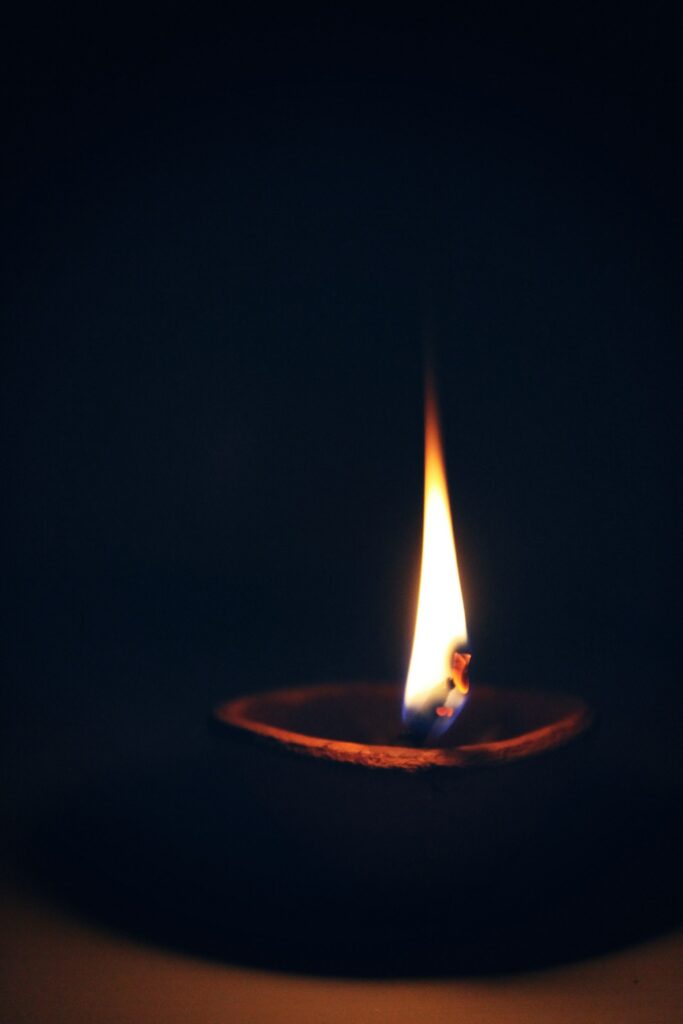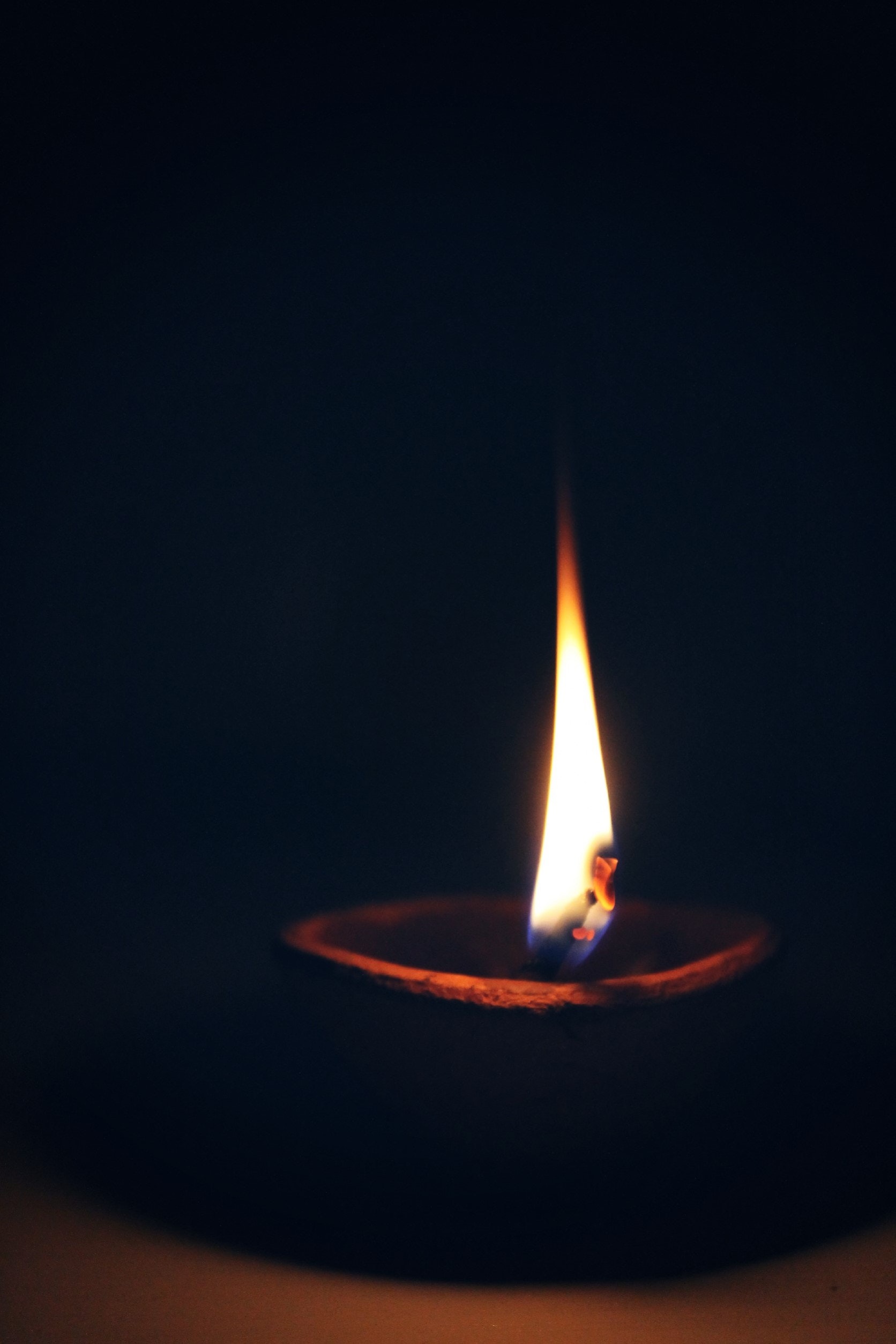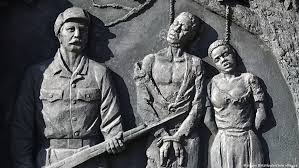
The Asaba massacre of 1967 sounds like one of those stories you hear, and you are like, “it’s fictional”, and then you realize that this was an actual real-life event.
Whilst you are reading through, It would seem fictional, like one of those stories that you hear and you realize how history was being censored to eliminate a not so proud event that happened within a country, from the ears of its citizens living outside the environment, the event occurred and away from the international community. This time around, the country I speak of is Nigeria.
The Asaba massacre of 1967 was censored by the Nigerian Government away from the media of immediate local communities living outside the Ogbeosowa community within Asaba, the capital city of Delta State in Nigeria and the International arena.
Very similar to the Tulsa Race Massacre of 1921 in Oklahoma, USA, they thought it to be a fictional movie: and 100 years later, most Oklahomans say they never received a complete lesson on the Tulsa race massacre; so is it with the Asaba massacre in which fifty-five (55) years later, most Nigerians in Asaba and outside Asaba say they never received a complete lesson on the Asaba massacre. This is because the study of history was removed from the curriculum of the Nigerian education system to cover the atrocities committed by the Nigerian GovernmentGovernment over time.
However, today, the curriculum slowly incorporates a little history element covered under the ” Government ” subject. The result is that the generation that grew up within the time frame of history’s exclusion from the curriculum knows little or nothing about their nation’s history, Nigeria.
The question on the issue of the Asaba Massacre of 1967 remains; what happened? How did it happen? When did it happen? Who were the casualties? What was the reason behind the massacre? Who were the perpetrators of such action? And why was it censored?
WHAT HAPPENED?
Hundreds of men and teenage boys were murdered openly by government troops at a place they gathered to show support for one Nigeria on October 7 1967, in Asaba at Ogbeosowa.
The killings at Asaba and smaller events that took place at other towns in the Midwest remained little known outside Igbo communities for many years mainly because they went unreported in the press at the time and subsequently received scant attention in the history of the Nigerian civil war.
HOW DID IT HAPPEN?
Once the seat of the Royal Niger Company, the town of Asaba was part of the Midwest region and had never been part of Ojukwu’s Biafra. Asaba people, though ethnically Igbo, consider themselves distinct from those in the Eastern Region, preferring the identity of “Ani-oma”. The Midwest Region officially supported the Government’sGovernment’s ideal of “One Nigeria”, although many distrusted the GovernmentGovernment, believing that it had supported previous atrocities against the Igbo.
Four months into the civil war, as federal troops advanced towards Asaba, the town was rife with accounts of killing in the north and Midwest, and this news fuelled fears that the war was one of genocide against the Igbo. Many perceived the federal army as composed of the same northerners who had recently killed so many Igbo people and feared that their arrival would lead to another, even greater, “pogrom”. For some, the fear became so strong that they decided to leave.
On the evening of October 6, in the hope of bringing violence to an end, leaders ordered town criers with gongs to summon everyone to assemble the next day to welcome the federal troops and offer a pledge of loyalty to “One Nigeria.” People were encouraged to wear Akwa Ocha, the traditional ceremonial white clothing that signifies peace.
Although there was much trepidation, and some refused to participate, hundreds of men, women, and children –including some who had initially fled to the bush- assembled for a parade. With many singing, dancing and chanting “One Nigeria”, they advanced past st. Josephs’s Church continued east. Any expectations that these gestures of goodwill would appease the troops were quickly dashed. Federal troops flanked marchers to prevent them from fleeing. Women and children were separated and asked to leave.
Once the women had gone, machine guns mounted on trucks and freestanding were revealed, and a mass shooting began. Sporadic shootings went on for several hours until it grew dark and the soldiers began to disperse. Survivors lay still under the heap of bodies for a long time before feeling it was safe to wriggle out and run into the nearby bush.
Exactly how many died is not clear: between five hundred and eight hundred seems likely, in addition to many who had died the previous days from random shootings by the Nigerian troops.
Indeed, we do not know the exact commanders directly involved in the October 7 massacre, which had all the signs of an orchestrated event. Several eyewitnesses point to Major Taiwo as the instigator; others now blame Col. Murtala Muhamed, the highest-ranking officer of the second division, the exact troops who advanced into Asaba.



